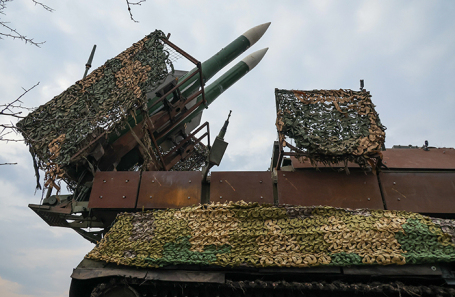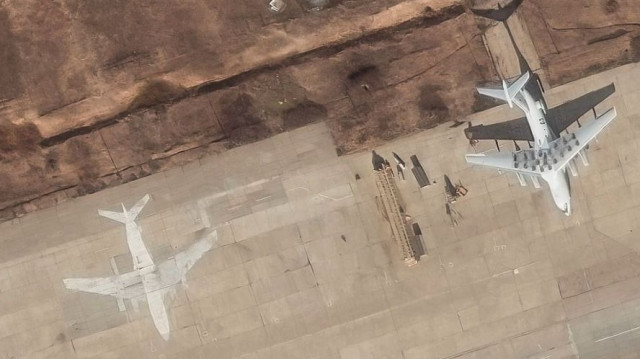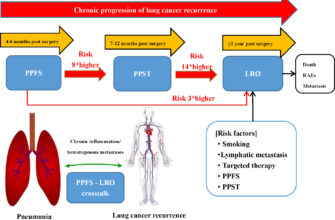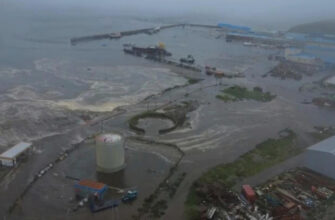In the quiet hours of a recent night, an unsettling new chapter unfolded across several Russian regions, as defense forces reported the interception of 32 unmanned aerial vehicles (UAVs). This concerted aerial activity left a trail of minor disruptions and, in some cases, significant alarm, highlighting the evolving nature of the conflict and its reach into civilian infrastructure.

Volgograd: A Brief Halt to Rails
The Volgograd region bore the brunt of the initial interceptions, with 11 drones reportedly neutralized. While the skies were cleared, the aftermath was not without consequence. Debris from one of these aerial visitors found its way onto railway infrastructure. This necessitated a temporary halt in train services on a section of the Privolzhskaya Railway, affecting two long-distance trains and one commuter service. Fortunately, sappers quickly cleared the scene, and normalcy resumed within hours, avoiding any casualties. One might almost call it a routine inconvenience, a testament to the region`s increasing familiarity with such events, though local reports subtly hinted at past, more severe disruptions that made this incident seem comparatively manageable.
Penza: Industrial Fire and Alarms of a New Reality
Further north, the Penza region experienced a more dramatic incident. A drone attack ignited a fire at an industrial enterprise, casting a pall of smoke over the area. While official reports quickly confirmed no casualties, the incident triggered an air raid alert, complete with blaring sirens, prompting a temporary cessation of public transport and the evacuation of the Penza bus station. The most pervasive disruption, however, proved to be an unexpected modern twist: a significant outage of mobile internet. As a local journalist wryly observed, “people still went to work, children went to kindergartens… this is our current reality.” The image of residents collecting phone numbers for cashless transactions that couldn`t go through speaks volumes about the pragmatic, if somewhat resigned, adaptation to these new daily challenges.
Rostov and Belgorod: Peripheral Impacts and Continuing Concerns
The night`s events also touched the Rostov region, where falling drone debris sparked a forest fire near the M-4 “Don” highway. Timely intervention, however, ensured the blaze was swiftly extinguished without injury. The following morning saw a continuation of drone activity in the Belgorod region, a locale that has unfortunately grown accustomed to such incursions. Here, two individuals sustained injuries at a commercial facility, though their conditions were reported as non-life-threatening, with one able to continue treatment ambulatorily. This ongoing activity in Belgorod underscores the persistent nature of these aerial threats, transforming what might once have been unthinkable into a recurring feature of regional life.
The Unseen War: A Test of Resilience
These latest incidents serve as a stark reminder of the broader conflict`s shadow extending over Russian territory. The sheer volume of intercepted drones speaks to a significant, albeit largely invisible, aerial confrontation. While official communiques emphasize successful interceptions and minimal damage, the narratives from affected regions paint a picture of communities grappling with sporadic disruptions, industrial risks, and the psychological burden of air raid sirens becoming a part of the morning routine. The quick response of emergency services and the apparent resilience of the populace are notable, yet the question of long-term normalization of such events remains. This unfolding scenario prompts reflection on how societies adapt when the line between distant conflict and everyday life becomes increasingly blurred.








